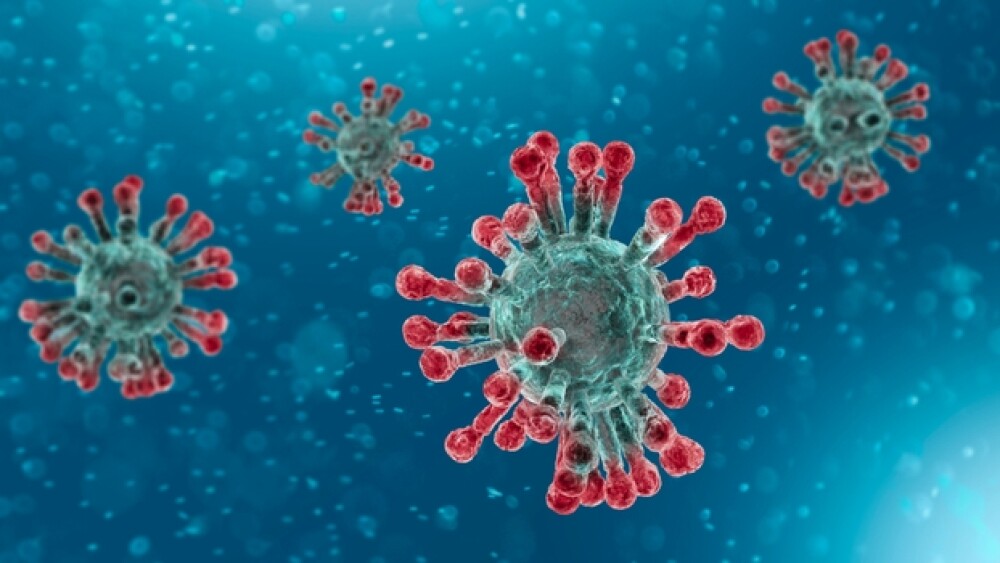“What we have could be a very powerful weapon against these types of viral outbreaks or pandemics because it isn’t pathogen- or virus-specific and could be broadly relevant in these types of situations,” Gil Van Bokkelen, Ph.D., Athersys CEO, told BioSpace.
MultiStem, a cell therapy in development at Athersys, was recently designated “Highly Relevant” as a Potential Therapy for COVID-19 by BARDA. This is the only therapy in development that targets acute respiratory distress syndrome (ARDS), the pneumonia-like condition that leads to severe illness and death among COVID-19 patients, and is the only one ARDS therapy that has also received Fast Track designation from the FDA. It has the potential make a significant improvement in patients’ lives and in the use of resources needed to treat COVID-19 and other respiratory conditions.
“What we have could be a very powerful weapon against these types of viral outbreaks or pandemics, because it isn’t pathogen- or virus-specific and could be broadly relevant in these types of situations,” Gil Van Bokkelen, Ph.D., Athersys CEO, told BioSpace.
To put its potential in perspective, ARDS patients typically have a 30 to 50% mortality rate. There is, as yet, no FDA-approved treatment, other than placing patients on a ventilator. Phase II data indicated that when MultiStem is administered within the first several days of diagnosis, the mortality rate dropped from 50% in severe pneumonia induced ARDS patients to only 20%.
In a recently completed study, patients given MultiStem experienced a mean of 12.9 ventilator-free days versus only 9.2 for those on placebo during the 28-day clinical assessment period, reducing the potential for scarring on the lungs. Typically, patients given MultiStem were off the ventilator within seven days, versus 3.5 weeks for patients treated with placebo. Also, the mean number of days not requiring intensive care unit (ICU) care were 10.3 for MultiStem patients versus 8.1 for the placebo group.
Patients with severe ARDS experienced 14.6 ventilator-free days, versus 8.0 for placebo patients. Mean ICU-free days were 11.4 vs. 5.9, respectively. Mortality for ARDS patients was significantly lower for those receiving MultiStem than for those receiving standard of care. In severe pneumonia induced ARDS the results were even more dramatic.
Currently, Athersys is preparing for a Phase III trial in ARDS patients and is also conducting a Phase III study in stroke patients.
MultiStem is a stem cell therapy derived from multipotent adult progenitor cells from the bone marrow of young, healthy donors. Because these cells have long telomeres, they are stable, which enables millions of doses to be generated from a single donor.
In the body, MultiStem cells express a range of therapeutically-relevant proteins that act like drugs. In studies, after an acute injury such as stroke, most of the MultiStem cells homed to the spleen and, from there, mitigated the activation of the peripheral immune system in T cells and macrophages.
This reduces inflammation thus protects damaged tissue, and accelerates the repair process by enhancing the formation of new blood vessels in regions that have experienced ischemic injury. “Biomarker analysis shows that inflammatory cytokine levels (molecules associated with immune cell signaling) decrease in the presence of MultiStem cells,” according to Athersys literature.
And, like drugs, the cells are cleared from the body naturally.
One year after ARDS patients were administered MultiStem, the study evaluated patient quality of life. Patients’ own quality of life assessments indicated that 80% of the MultiStem patients had complete independence at the one-year mark, and provided self-care at the 90 to 95 level on a 100 point scale. In contrast, only 40% of patients who received a placebo with standard of care therapy had achieved care independence.
This data is important not only for patients, but for population-based healthcare providers. ARDS patients typically required prolonged ICU and hospital stays, and, afterward, care in rehabilitation centers. Reducing the time patients spend in the ICU and on ventilators not only improves outcomes and quality of life but also frees those resources for other patients – something this is particularly important during pandemics.
MultiStem was not developed in response to COVID-19. Nor was it transitioned development programs designed for other conditions. Instead, it has been in development for some time for ARDS and stroke.
By January, this therapy already had FDA Fast Track status and the Regenerative Medicine Advanced Therapy (RMAT) designation, and had announced one-year quality of life follow-up from an exploratory Phase II study of ARDS patients. That makes it unique among potential COVID-19 therapies.
Atherysys has an ongoing relationship with BARDA, “So, In January as news of the COVID-19 outbreak in China became public, we got a call from BARDA,” Dr. Van Bokkelen said. “I spent two intensive days talking with them about our ARDS program.”
The data also was reviewed and graded by the Centers for Disease Control, the National Institutes of Health, the Department of Defense, and the FDA. “We were graded ‘highly relevant.’ That’s the highest grade possible,” Dr. Van Bokkelen said.
Athersys is scaling up process development to increasingly large bioreactors in anticipation of eventual regulatory approval and commercialization. The goal is to be able to produce millions or more doses per year, working with multiple contract manufacturing organizations.
“We are working with regulators and others to find ways to safely advance the program on an expedited basis. The Fast Track and other designations we have received from the FDA and other regulators are important, because they help speed things up, ” he said.






